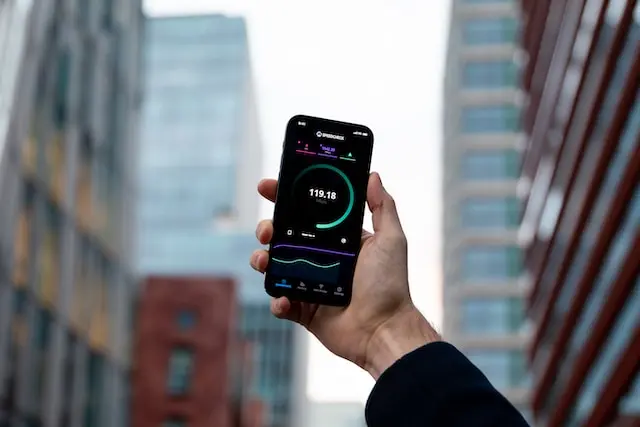Public Wi-Fi has become as universal as the air we breathe. It’s available in coffee shops, airports, hotels, and even public parks.
While the convenience of accessing the internet on the go is undeniable, it’s essential to recognize the potential risks associated with using public Wi-Fi networks. For security-conscious individuals, understanding these risks is the first step towards a safer online experience.
The dangers of unsecured connections
There are several concerning risks with unsecured public connections. Without encryption, the data transmitted over the network is like an open book. Anyone with relatively basic technical skills can access your information. This lack of security makes public Wi-Fi networks particularly attractive to hackers. They can quickly extract passwords, financial information, and other sensitive data that users unknowingly expose.
A study shared on Forbes states that “40% of respondents had their information compromised while using public Wi-Fi.” But how exactly are threat actors getting into people’s devices?
Data interception
One of the most prevalent risks of public Wi-Fi is data interception. Since these networks are often unsecured, they can be a goldmine for hackers looking to thwart sensitive information.
When you log into personal accounts or enter private information, there’s a risk that cybercriminals can capture this data. They employ various techniques, such as man-in-the-middle attacks, where they intercept and potentially alter the communication between two parties without them knowing.
One common tactic hackers use to intercept data is setting up rogue hotspots. These are WiFi points with a name very similar to the legitimate hotspot. This tricks users into connecting to a network that’s essentially controlled by hackers.
Malware attacks
Public Wi-Fi networks can also be breeding grounds for malware attacks. Hackers can exploit vulnerabilities in the network to inject malware into your device. This malicious software can then be used to steal sensitive information, monitor your activities, or even control your device. The open nature of public Wi-Fi makes it easier for attackers to spread malware, affecting multiple users simultaneously.
A common way hackers spread malware through compromised networks is by prompting malicious ads or software updates as soon as someone connects to the network. If you notice these unnatural prompts, it’s best to exit the network immediately. There are several malware types hackers look to deliver via public networks, such as:
- Spyware is perhaps the most common. Spyware is used to monitor user activity, capturing keystrokes and screen content. It often leads to privacy invasion and potential identity theft.
- Hackers may also prompt you to download a trojan. Trojans are viruses that appear as though they’re legitimate but are actually malicious.
How to protect yourself
So, how can security-conscious individuals protect themselves when using public Wi-Fi?
- Avoid accessing sensitive accounts or conducting transactions requiring personal information input. If accessing such accounts is essential, ensure that the website is secured, as indicated by ‘https’ in the URL.
- Use a Virtual Private Network (VPN). A VPN encrypts your internet connection, ensuring that all data transmitted and received is secure from prying eyes. It routes your internet traffic through a secure server, effectively hiding your IP address and protecting your information from interception. With many VPN uses at hand, this tool is particularly handy for those who frequently use public Wi-Fi, offering an added layer of security that can thwart potential attacks.
- Always ensure that your device’s software and applications are up-to-date. Regular updates often include security enhancements that protect against malware and other threats. Turning off sharing settings and enabling a firewall can also bolster your device’s security.
These steps will make your device more secure and significantly reduce the risks when using public connections. However, it is still possible that you will accidentally connect to a rogue network or download a malicious attachment. That’s why many security experts recommend avoiding public networks altogether. But whether taking on a slight risk for convenience’s sake is worth it is up to you to decide.
Conclusion
While public Wi-Fi offers the undeniable benefit of connectivity on the go, users must be aware of the associated risks. Data interception, malware attacks, and unsecured connections pose significant threats. By adopting security best practices like avoiding sensitive transactions, using VPNs, and keeping software updated, individuals can mitigate these risks and enjoy a safer online experience.
Harsh Srivastava is a recent graduate from the field of Computer Science & Technology. He takes a keen interest in exploring technology to its very depth and also likes to write about it. Harsh currently works as a freelancer and also has his own YouTube Channel.
